
Carson Drew was the father of the teenage detective Nancy Drew. He had brown hair and blue eyes. He was originally from the small town of River Heights, Illinois. He was a widower in the 1930s and apparently had been a classmate of Ham Brooks at Harvard Law School. The books say that he was a graduate of "Hale University." I assume this meant that he attended Yale as an undergraduate and went on to Harvard for law.
His wife, Mildred Austin Drew, had died in 1914 when their daughter Nancy had been only three years old. Carson and Ham had gone into partnership in 1906 after Ham started his own law firm. During the Great War when Ham Brooks went into the French Foreign Legion, Carson Drew managed the practice for him. In the next decade Carson made a small fortune which remarkably survived the Stock Market Crash in 1929. In 1930, he retired and moved back to his home town, River Heights in Illinois. Carson opened up a small law office there to keep himself busy. The Drews got a dog name Togo and bought a three story brick house.
Carson Drew shared several cases with his daughter, Nancy. Father and daughter worked well together as a team. This relationship would would prove mutually beneficial and set Nancy on the course of her future career.
Carson's sister Eloise who had moved to New York with them initially was a teacher in a private school in New York City. She maintained an apartment in Manhattan and Nancy often went to the city to visit her. The Drews had a housekeeper, Hannah Gruen, who was an excellent cook and a staunch church-goer. She became a mother-figure to Nancy after the death of her mother. Hannah was constantly worried about Nancy and her father but they were both survivors and could take care of themselves.
Life in River Heights got boring for Carson, and when Nancy started college at age 20, Carson rejoined his old firm. It was noted in some of the stories that the town of River Heights was "not too far from New York City" and not in Illinois. This anomaly has been noted by several commentators. You can't have it both ways. The town of River Heights in the first Nancy Drew stories must have been in Illinois. There is a River Heights in New York State and it is possible that when Carson Drew rejoined his old law firm, he moved his family there out of sentiment for his home town. It should be noted that the cast of Nancy's friends changed in the later stories. This may have reflected the new location in New York.
Nancy followed in her father's footsteps and went to law school. She did a clerkship at her father's firm and eventually joined it. She married her long time boy friend, Ned Nickerson but kept her own name for business purposes. Their daughter, Nancy, was precocious like her mother and many of the "Nancy Drew" Stories from the 1950s and later were really about her.

Professor Augustus S. F. X. Van Dusen Ph.D., LL.D., F.R.S., M.D., M.D.S. (and several other degrees from France, England, Russia, Germany, Italy, Sweden and Spain) was a brilliant detective and polymath. He graduated from college at the age of 10! He had degrees in Physical Chemistry, Philosophy, Law, and Medicine, among others.
He was the youngest man ever to have held a chair in philosophy at Harvard but was asked to leave over his presentation of a startling and unorthodox hypothesis. Just a few weeks later he saved the life of the Assistant Dean of the Harvard Law School. (See the story My First Experience With the Great Logician.) The Dean was so impressed with his logical reasoning that he took an interest in the young academic. That was when Augustus turned his sights on the law and received in succession an LLB and an LLD from Harvard Law School. It was during these studies that he met Ham Brooks. Prof. Van Dusen cultivated an international reputation in several fields, but especially forensic investigation. He was inducted into the Royal Society of London as a Fellow under the sponsorship of his friend and colleague, Sherlock Holmes.
Van Dusen became another partner of Ham Brooks. Originally from Boston, he too was a classmate of Ham Brooks at Harvard and joined the firm after the Great War. He was a small, thin man with a huge head and a bulbous, protruding forehead; his hat size was 8. He has sparse straw-colored hair and darting, intelligent blue eyes which sat behind thick glasses. His face was white with the pallor of the student; his mouth was a bloodless slit. He was the typical obsessed academic who was constantly consumed with his various researches and had little or no social graces. He is described as being petulant, irascible, and bad-tempered.
He had had a teaching post at Harvard as a Full Professor in the Law School. He also did lecturing in other fields including Medicine, Chemistry, Physics, Mathematics, and Philosophy. He retired early from his post in 1919 after twenty years cumulative years teaching at Harvard. He was not a very popular lecturer and the students began to annoy him. But every student that took his courses (especially his course on criminal law) admitted that the grilling he gave them stood them in good stead in their later professional careers. He was far more popular with the alumni than with the student body.
While theirs was primarily a business law firm, Brooks and his partners occasionally handled criminal cases especially when the crimes occurred on the premises of their clients. They also handled malpractice cases and some technical cases that required a knowledge of Chemistry and Physics. Van Dusen helped investigate crimes at the client companies and was particularly good at detecting embezzlement and other white collar crimes. He also did much private consulting work as well. It was his preternatural insight with regard to client choice and investments during the 1920s that made the firm as wealthy and powerful as it became. He was well aware of the problems in the Stock Market long before October 1929. He tried hard to get reforms enacted but was unsuccessful. Happily, his keen insights helped to preserve the fortunes of his partners and their clients through the Great Depression.
Known as "The Thinking Machine", Van Dusen was a very methodical and exacting investigator. He had earned his nickname from a disgruntled Russian Chess Master whom he beat using pure brute-force reasoning after studying the rules of chess for less than a day. His legal briefs were succinct yet comprehensive and accurate. His contracts had no loop holes and he never missed a trick. He was merciless on depositions and cross examinations. Sadly, he did not have much rapport with the jury, so many times others did the final summations for him. He was neither the heart or soul of the firm, but its methodical brain.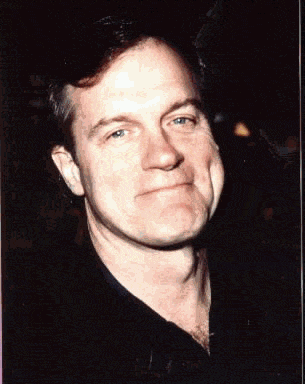
Beau Rummell, lawyer and one-time partner of private detective Ellery Queen, was a wealthy, personable fellow who was the true front-man for the firm. He was quick with a joke and was every man's best friend. He also had a dazzling way with the ladies. He joined the firm in the late 1920s after finishing law school and just before Carson Drew retired. Ham Brooks saw that he was a natural people person which was something his other partner lacked. Rummell had been the co-founder of Ellery Queen's detective agency. He came to Ham's attention during the case known as The Dragon's Teeth. Beau was a bit of a maverick, but his flourish and style complimented the quiet dignity of Ham Brooks and the arid intellectuality of Prof. Van Dusen. And he kept the clients happy.
As Ham became more involved with Doc's work, he began to spend less time with the firm. His two sons eventually came on board (as would Nancy Drew-Nickerson at the end of the decade). But the firm needed a real leader to fill in for Ham during his absences. Neither Van Dusen nor Rummell really could do the job. Luckily, at that point, Carson Drew had had enough of the rural life and he returned to run the firm.
Under Carson Drew's mentoring, Rummell was able to focus his energies and he turned into a very fine lawyer. He was eventually offered a junior partnership in the late 1930s. Meanwhile, the firm often called on Ellery Queen to do investigative leg work in the same way that Perry Mason used to call on Paul Drake.
So this was the roster of the law firm Brooks, Drew, Van Dusen, and Rummell, attorneys at law.

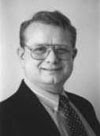

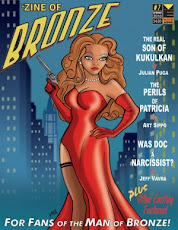
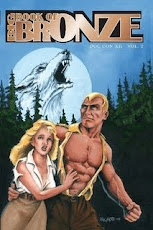



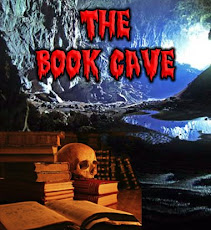


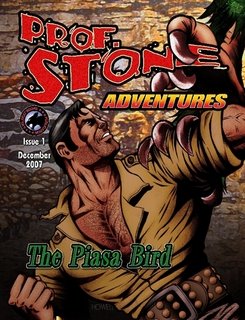


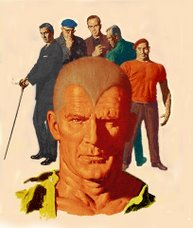

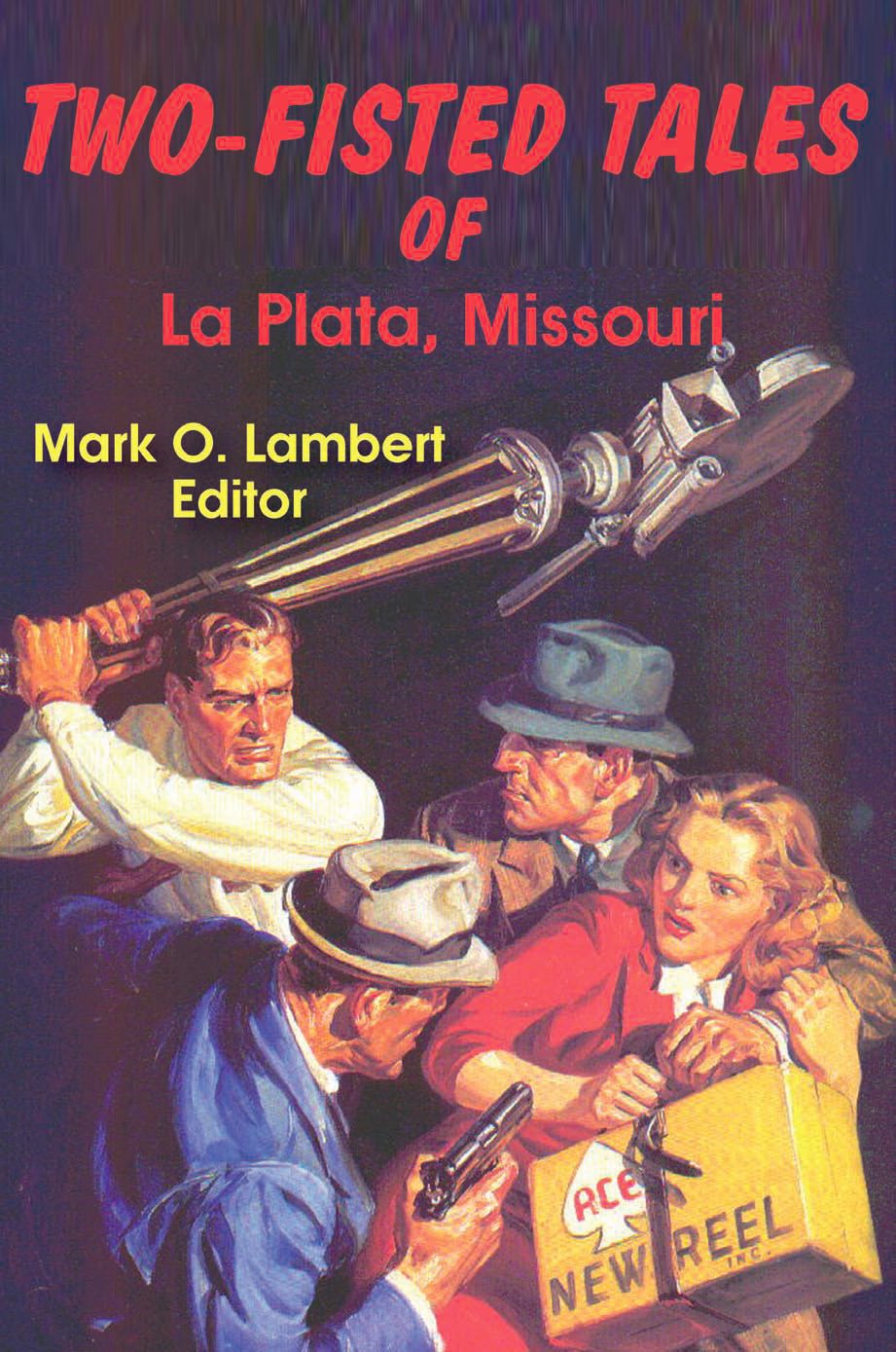



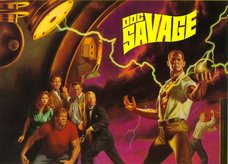





6 comments:
Art, this is wonderful! Thanks for the detail on Ham Brooks' law partners! I've always wondered who they were. Not surprising that they were extraordinary men.
Although Prof. Van Dusen met Ham at Harvard, he must have also gotten legal training elsewhere, likely in another country, to have the LL.D degree. In those days, most law schools awarded an LL.B (Bachelor of Laws degree). Nowadays, most in the U.S. have a JD (which in the academic world is seen as an equivalent of a Master's degree, though it's not a direct comparison because of course it's a professional school) and a few academics have LL.M, and you rarely see someone with a J.S.D. or some other Ph.D equivalent degree. My legal history professor in law school (who was a Ph.D history professor before he went to law school) said that law schools changed from the LL.B to the JD because lawyers wanted to have "doctor" in their title so they could charge more, because they were tired of physicians making more money than them!! :-) Any way, Van Dusen must have obtained his higher-level law degree in some other country. There is the possibility that in those days there was such a thing as an LL.D degree U.S., but I don't believe there was. Great info, Art! Keep up the fascinating work!! --Mark
Thanks for the comments, Mark. Very interesting. I had not realized the JD was relatively new.
I found this web page which corroborates your comments:
http://www.lawschoolbible.com/what-is-a-juris-doctor.htm
I found this little tidbit on a lacrosse hall of fame page:
William Harkinson Hudgins:
"Born in 1886 in Baltimore, Maryland. Died July 30, 1956 in Baltimore, Maryland. Bill graduated from Boys' Latin School in 1903 after which he continued his education at the Johns Hopkins University, receiving an BA degree in 1905. He took some graduate work at Hopkins in 1906 and then received his L.L.D. degree at the University of Maryland Law School in 1908. He was admitted to practice before the United State Supreme Court in 1927. He continued to practice law as an associate with the firm of Willis and Hudgins, and at the death of Mr. Willis, became associated with the firm of Wyatt and Jones and was with them until his death in 1956."
http://www.uslacrosse.org/museum/halloffame/view_profile.php?prof_id=100
Here is another:
"Willie Person Mangum was granted the M.A. deqree in 1818, and awarded the LLD. degree in 1845. He was a member of Congress from 1823 until 1826, and of the U.S. Senate during the years 1831-37 and 1844-53. Followinq the death of President Harrison, when Vice President Tyler was elevated to the post of chief executive, Mangum became president of the Senate. He also served as a trustee from 1818 until 1859."
http://cc.msnscache.com/cache.aspx?q=73001353478805&mkt=en-US&lang=en-US&w=d0c8880d&FORM=CVRE7
In fact the LLD (Doctor of Law) was a medieval degree dating from the 13th Century and was avaiable at that time from Oxford.
http://www.academicapparel.com/caps/History-College-Education.html
The LLD earned by Prof. van Dusen therefore may have come from an American university. It is possible that he had earned an LLB beforehand but many academics usually only mention their highest degree in a particular field. Every PhD earns a masters degreee on the road to his doctorate but rarely mentions it. Very few people even mention their baccalureate degree if they have earned a graduate degree. It would not be surprising if Prof. van Dusen only mentioned his highest law degree in his credentials.
Thanks for the feedback. I learned a few things from you.
Art
Art, thanks for the clarification. Forunately, as every good lawyer should(!), I left a little wiggle room in case my perception was incorrect. I couldn't find any evidence of LL.D degrees being awarded by US law schools after a quick on-line search, but the evidence you found is rather persuasive! Thanks for clarifying that!
After law schools changed to awarding the J.D. degree instead of LL.B degrees, most of them offered to convert their past-graduates' LL.Bs into JDs. As an example, with a Google search I found that George Washington Univeristy still offers such a conversion, for only filling out a form and sending $50. Their website indicates that they made the change from LL.B to JD in 1968.
http://www.law.gwu.edu/NR/rdonlyres/3F01A836-4984-4FBC-9054-C3345E153049/0/LLBtoJD.pdf
Thanks again, Art. I love reading this blog; it's always well researched and thoughtful -- and just plain fun!
Mark
Thanks for the kind words, Mark. The beauty of the Wold Newton Universe is that it allows us to interconnect many interesting characters. It just takes some imagination and a little research.
Van Dusen was one of my favorites as a kid. Several of his adventures are now avaialble online:
http://www.thinkingmachine.com/
His biographer was Boston newspaperman Jacques Futrelle who died on the Titanic taking with him several unpublished Thinking Machine stories.
The best story is still "The Problem of Cell 13".
Art
Art,
If you haven't read it, I highly recommend THE TITANIC MURDERS by my pal (and documentary-film-making partner) Max Allan Collins in which Jacques Futrelle and his wife solve some murders that have taken place on the Titanic before the disaster hits.
Max, as you might know, was not only the author of the graphic novel ROAD TO PERDITION which was made into the Academy-Award-winning movie of the same name, but he was also the author of THE WAR OF THE WORLDS MURDERS, which I think I've recommended to you before, where Walter Gibson & Orson Welles solve a mystery (Orson is accused of murdering his mistress) on the eve of the famous radio program.
Anyway, I didn't know if you knew that Max had turned Futrelle into the hero of one of his novels.
Mark
I was not aware of that novel. I have always enjoyed Max's work including his Indiana Jones novels. THE WAR OF THE WORLDS MURDERS was a fun read. Oh well! That is another book to add to the reading list. Thanks for the tip!
Art
Post a Comment